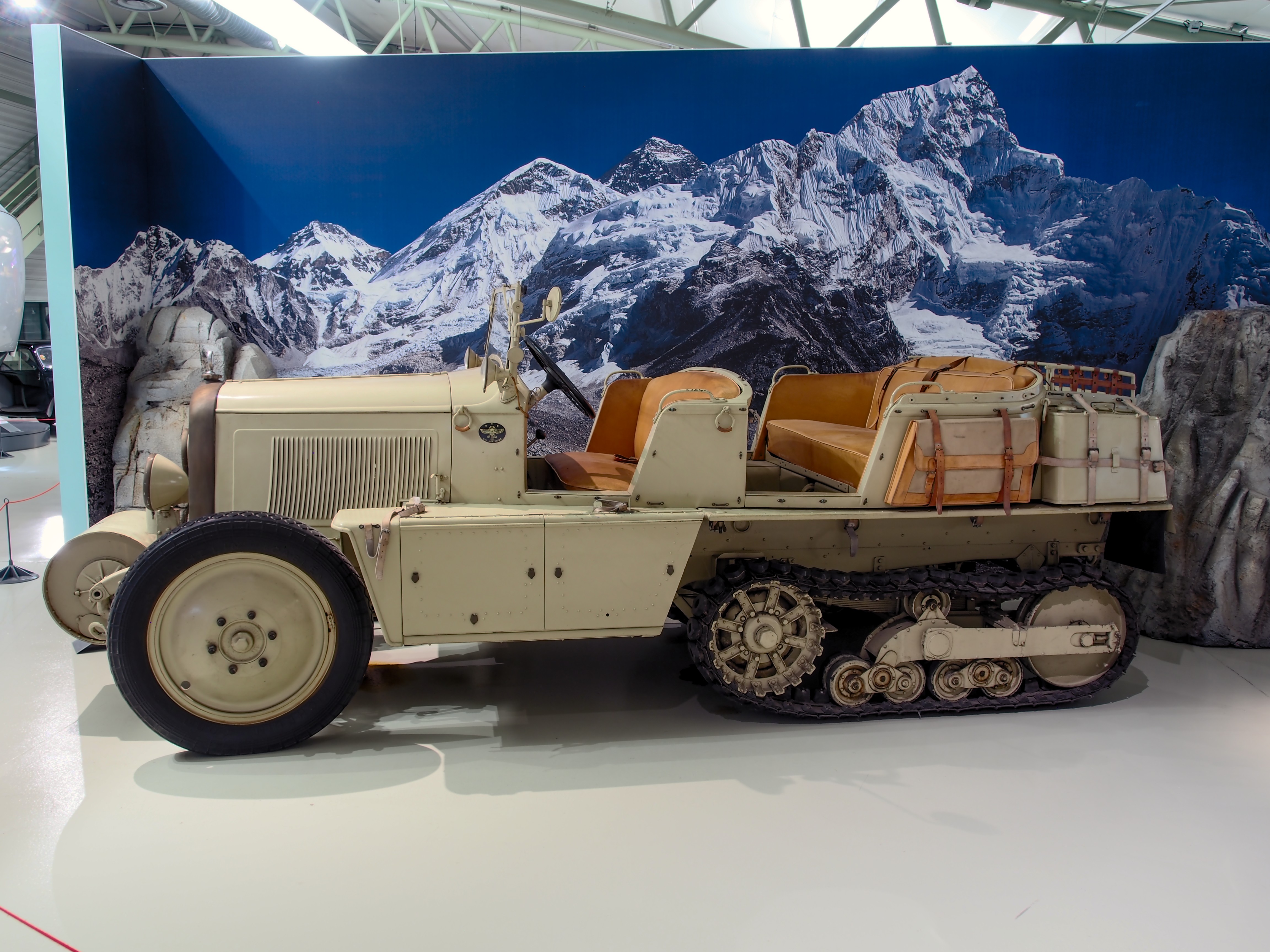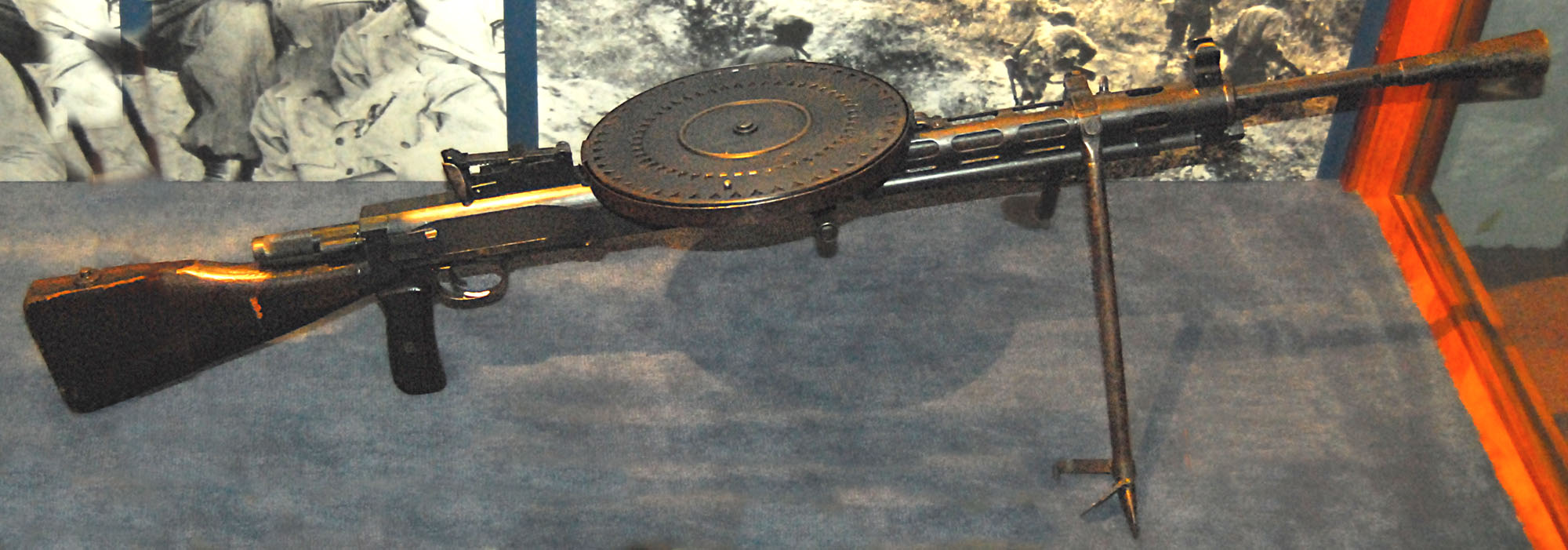|
BA-I
The BA-I (sometimes BAI) is a Soviet three-axle armoured car. Only 82 vehicles of this type were built in 1932-1934, nevertheless the design initiated a series of heavy armoured cars of Izhorskij plant: BA-3, BA-6, BA-9, and BA-10. Some vehicles were used in World War II, despite being obsolete at the time. Background In 1931, the first Soviet 6x4 chassis was created, a design based on adding Timken tandem rear axles to the American Ford AA chassis, and because of that called ''Ford-Timken''. This immediately initiated the development of armoured cars. By the end of the year assembly was taking place at the plant "Gudok Oktyabrya" in Kanavin, near Nizhniy Novgorod. In autumn of the same year at the Repair Base of Nº2 in Moscow hull from the BA-27 armoured car was first attached to the new chassis. About 20 such cars were built, having the designation BA-27M. At the same time, and with the same chassis, but at the Izhorskij plant, several dozen D-13 armoured cars were bui ... [...More Info...] [...Related Items...] OR: [Wikipedia] [Google] [Baidu] |
BA-6
The BA-3 (russian: Broneavtomobil 3) was a heavy armored car developed in the Soviet Union in 1933, followed by a slightly changed model BA-6 in 1936. Both were based mostly on BA-I, the most important development being the new turret, same as in the T-26 m 1933 and BT-5 tanks, and also equipped with the 45 mm main gun. 221 BA-3 cars were built at the Izhorskij and Vyksunskij factories, until production ended in 1935. BA-6 followed with 386 cars produced between 1936 and 1938 in Izhorskij factory. Most BA-3 production was based on the Ford-Timken chassis, a 6×4 modification of the US Ford AA 4×2 truck, but the last batch was built on the Russian version of the same chassis - GAZ-AAA, and continued to be used in the BA-6. The biggest limitation of the BA-3 was the mobility, limited to roads or very hard ground, the result of unnecessarily large weight. The innovation that slightly improved mobility were the auxiliary ("Overall") tracks that could be fitted onto the rear ... [...More Info...] [...Related Items...] OR: [Wikipedia] [Google] [Baidu] |
Armored Car (military)
A military armored (or armoured) car is a lightweight wheeled armored fighting vehicle, historically employed for reconnaissance, internal security, armed escort, and other subordinate battlefield tasks. With the gradual decline of mounted cavalry, armored cars were developed for carrying out duties used to be assigned to light cavalry. Following the invention of the tank, the armored car remained popular due to its faster speed, comparatively simplified maintenance and low production cost. It also found favor with several colonial armies as a cheaper weapon for use in underdeveloped regions. During World War II, most armored cars were engineered for reconnaissance and passive observation, while others were devoted to communications tasks. Some equipped with heavier armament could even substitute for tracked combat vehicles in favorable conditions—such as pursuit or flanking maneuvers during the North African Campaign. Since World War II the traditional functions of ... [...More Info...] [...Related Items...] OR: [Wikipedia] [Google] [Baidu] |
Railroad
Rail transport (also known as train transport) is a means of transport that transfers passengers and goods on wheeled vehicles running on rails, which are incorporated in tracks. In contrast to road transport, where the vehicles run on a prepared flat surface, rail vehicles ( rolling stock) are directionally guided by the tracks on which they run. Tracks usually consist of steel rails, installed on sleepers (ties) set in ballast, on which the rolling stock, usually fitted with metal wheels, moves. Other variations are also possible, such as "slab track", in which the rails are fastened to a concrete foundation resting on a prepared subsurface. Rolling stock in a rail transport system generally encounters lower frictional resistance than rubber-tyred road vehicles, so passenger and freight cars (carriages and wagons) can be coupled into longer trains. The operation is carried out by a railway company, providing transport between train stations or freight customer f ... [...More Info...] [...Related Items...] OR: [Wikipedia] [Google] [Baidu] |
Armoured Cars Of The Interwar Period
Armour (British English) or armor (American English; see spelling differences) is a covering used to protect an object, individual, or vehicle from physical injury or damage, especially direct contact weapons or projectiles during combat, or from a potentially dangerous environment or activity (e.g. cycling, construction sites, etc.). Personal armour is used to protect soldiers and war animals. Vehicle armour is used on warships, armoured fighting vehicles, and some mostly ground attack combat aircraft. A second use of the term ''armour'' describes armoured forces, armoured weapons, and their role in combat. After the development of armoured warfare, tanks and mechanised infantry and their combat formations came to be referred to collectively as "armour". Etymology The word "armour" began to appear in the Middle Ages as a derivative of Old French. It is dated from 1297 as a "mail, defensive covering worn in combat". The word originates from the Old French , itself deri ... [...More Info...] [...Related Items...] OR: [Wikipedia] [Google] [Baidu] |
Railway
Rail transport (also known as train transport) is a means of transport that transfers passengers and goods on wheeled vehicles running on rails, which are incorporated in Track (rail transport), tracks. In contrast to road transport, where the vehicles run on a prepared flat surface, rail vehicles (rolling stock) are directionally guided by the tracks on which they run. Tracks usually consist of steel rails, installed on Railroad tie, sleepers (ties) set in track ballast, ballast, on which the rolling stock, usually fitted with metal wheels, moves. Other variations are also possible, such as "slab track", in which the rails are fastened to a concrete foundation resting on a prepared subsurface. Rolling stock in a rail transport system generally encounters lower friction, frictional resistance than rubber-tyred road vehicles, so passenger and freight cars (carriages and wagons) can be coupled into longer trains. The rail transport operations, operation is carried out by a ... [...More Info...] [...Related Items...] OR: [Wikipedia] [Google] [Baidu] |
GAZ-AAA
The GAZ-AAA was a truck produced by GAZ. From 1936 to 1943, 37,373 units were built. Like the GAZ-AA and GAZ-MM it was largely based on the Ford Model AA Ford Model AA is a truck from Ford. As the Model T and TT became obsolete and needed to be replaced, Henry Ford began initial designs on the Model A and Model AA in 1926. Basic chassis layout was done rapidly and mechanical development was ... truck. References External links GAZ-AAA in the Vladivostok Museum of Automotive Antiques GAZ Group trucks 1930s cars {{Mil-vehicle-stub ... [...More Info...] [...Related Items...] OR: [Wikipedia] [Google] [Baidu] |
Radio
Radio is the technology of signaling and communicating using radio waves. Radio waves are electromagnetic waves of frequency between 30 hertz (Hz) and 300 gigahertz (GHz). They are generated by an electronic device called a transmitter connected to an antenna which radiates the waves, and received by another antenna connected to a radio receiver. Radio is very widely used in modern technology, in radio communication, radar, radio navigation, remote control, remote sensing, and other applications. In radio communication, used in radio and television broadcasting, cell phones, two-way radios, wireless networking, and satellite communication, among numerous other uses, radio waves are used to carry information across space from a transmitter to a receiver, by modulating the radio signal (impressing an information signal on the radio wave by varying some aspect of the wave) in the transmitter. In radar, used to locate and track objects like aircraft, ships, ... [...More Info...] [...Related Items...] OR: [Wikipedia] [Google] [Baidu] |
Caterpillar Track
Continuous track is a system of vehicle propulsion used in tracked vehicles, running on a continuous band of treads or track plates driven by two or more wheels. The large surface area of the tracks distributes the weight of the vehicle better than steel or rubber tires on an equivalent vehicle, enabling continuous tracked vehicles to traverse soft ground with less likelihood of becoming stuck due to sinking. Modern continuous tracks can be made with soft belts of synthetic rubber, reinforced with steel wires, in the case of lighter agricultural machinery. The more common classical type is a solid chain track made of steel plates (with or without rubber pads), also called caterpillar tread or tank tread, which is preferred for robust and heavy construction vehicles and military vehicles. The prominent treads of the metal plates are both hard-wearing and damage resistant, especially in comparison to rubber tyres. The aggressive treads of the tracks provide good trac ... [...More Info...] [...Related Items...] OR: [Wikipedia] [Google] [Baidu] |
Half-track
A half-track is a civilian or military vehicle with regular wheels at the front for steering and continuous tracks at the back to propel the vehicle and carry most of the load. The purpose of this combination is to produce a vehicle with the cross-country capabilities of a tank and the handling of a wheeled vehicle. Performance The main advantage of half-tracks over wheeled vehicles is that the tracks reduce the pressure on any given area of the ground by spreading the vehicle's weight over a larger area, which gives it greater mobility over soft terrain like mud and snow, while they do not require the complex steering mechanisms of fully tracked vehicles, relying instead on their front wheels to direct the vehicle, augmented in some cases by track braking controlled by the steering wheel. It is not difficult for someone who can drive a car to drive a half-track, which is a great advantage over fully tracked vehicles, which require specialized training. Half-tracks thus facil ... [...More Info...] [...Related Items...] OR: [Wikipedia] [Google] [Baidu] |
DT Machine Gun
The Degtyaryov machine gun (russian: Пулемёт Дегтярёвa Пехотный, Pulemyot Degtyaryova Pekhotny literally: "Degtyaryov's infantry machine gun") or DP-27/DP-28 is a light machine gun firing the 7.62×54mmR cartridge that was primarily used by the Soviet Union, with service trials starting in 1927, followed by general deployment in 1928. Besides being the standard Soviet infantry light machine gun (LMG) during World War II, with various modifications it was used in aircraft as a flexible defensive weapon, and it equipped almost all Soviet tanks in WWII as either a flexible bow machine gun or a co-axial machine gun controlled by the gunner. It was improved in 1943 producing the DPM, but it was replaced in 1946 with the RP-46 which improved on the basic DP design by converting it to use belt feed. The DP machine gun was supplemented in the 1950s by the more modern RPD machine gun and entirely replaced in Soviet service by the general purpose PK machine gun in ... [...More Info...] [...Related Items...] OR: [Wikipedia] [Google] [Baidu] |
Gun Turret
A gun turret (or simply turret) is a mounting platform from which weapons can be fired that affords protection, visibility and ability to turn and aim. A modern gun turret is generally a rotatable weapon mount that houses the crew or mechanism of a projectile-firing weapon and at the same time lets the weapon be aimed and fired in some degree of azimuth and elevation (cone of fire). Description Rotating gun turrets protect the weapon and its crew as they rotate. When this meaning of the word "turret" started being used at the beginning of the 1860s, turrets were normally cylindrical. Barbettes were an alternative to turrets; with a barbette the protection was fixed, and the weapon and crew were on a rotating platform inside the barbette. In the 1890s, armoured hoods (also known as "gun houses") were added to barbettes; these rotated with the platform (hence the term "hooded barbette"). By the early 20th Century, these hoods were known as turrets. Modern warships have gu ... [...More Info...] [...Related Items...] OR: [Wikipedia] [Google] [Baidu] |
.jpg)
.jpg)




